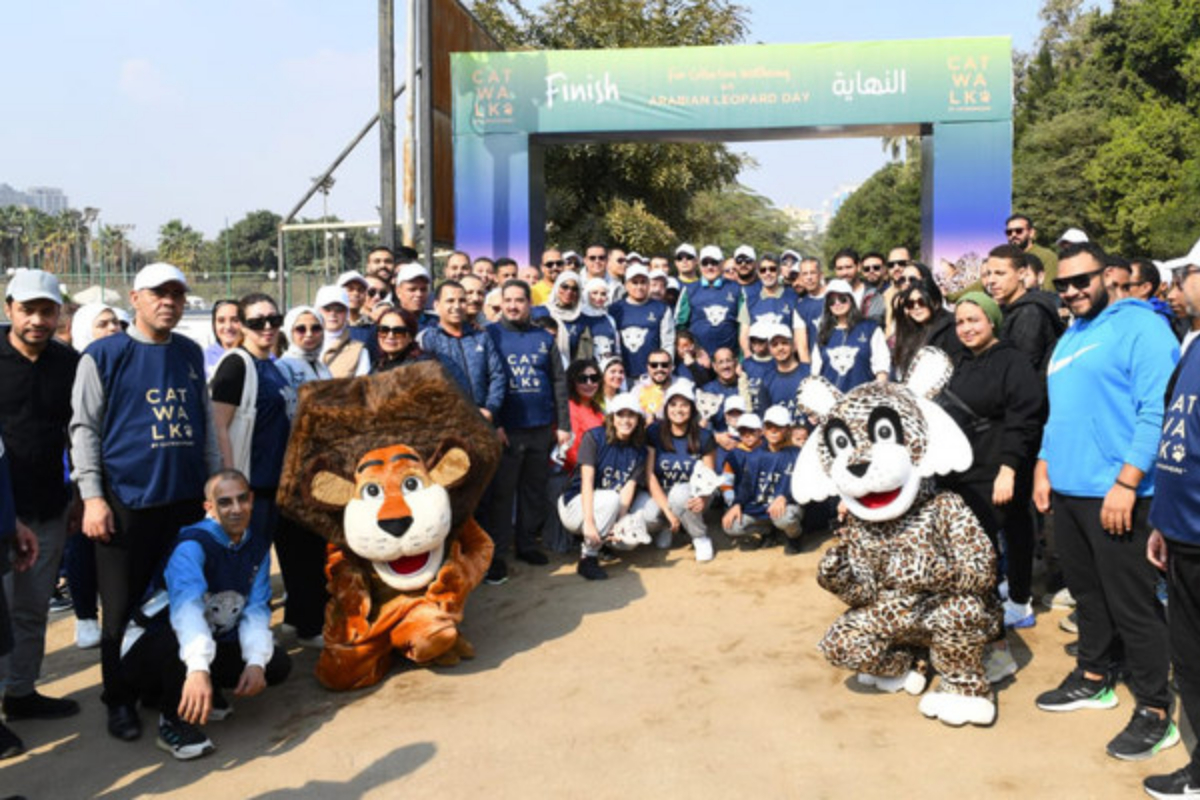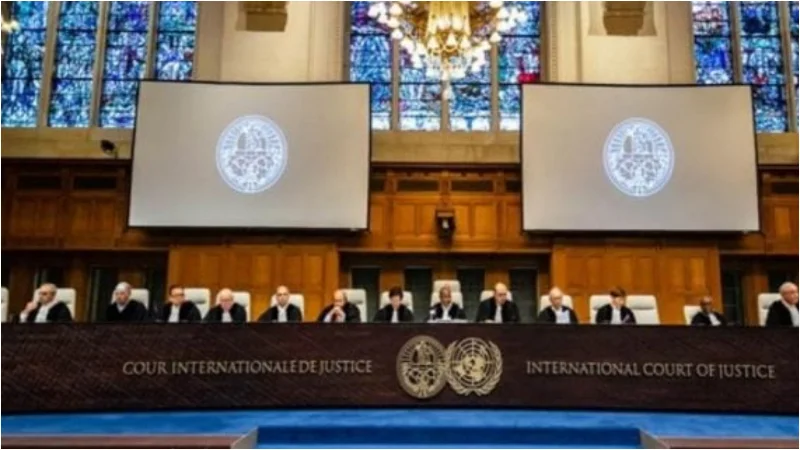- The event aimed to raise awareness about the plight of the Arabian leopard and improve its conservation.
- The initiative aims to engage with international experts and organizations.
- The event also encourages people to improve their well-being by participating in activities.
On Saturday, the Saudi Embassy in the UK invited families and visitors to celebrate the first International Day of the Arabian Leopard at the London Zoo and participate in the third annual Catwalk. The full-day event was hosted by the Royal Commission for AlUla and Catmosphere, a foundation that encourages people to take action to protect the environment and habitats of big cats.
Stephen Browne, vice president of wildlife and natural heritage at RCU, stated, “The Royal Commission for AlUla has responsibility across the Kingdom to bring back the Arabian leopard, and part of that work is to raise awareness of the plight of the Arabian leopard.
After Catmosphere and the Arabian Leopard Fund collaborated with the Saudi Mission to the UN in New York, this year marked the first global celebration of the day on Feb. 10 each year, which Saudi Arabia has been observing for the last three years.
“The result of that designation is now we have the first international day recognizing a big cat species, and the importance of that is that we can bring together people across the world to unite behind the species to then improve its conservation but also to raise awareness about conservation globally,” Browne said.
He added that RCU aimed to make the initiative global and selected various places worldwide, including London the world’s oldest scientific zoo, to attempt to engage as much as possible with international experts and organizations.
“The Zoological Society of London is one of the world’s best and oldest conservation organizations, having been in existence for 200 years, and we hope in due course to partner with them and hopefully they’ll be able to support us in our work in AlUla,” Browne said.
“Anywhere in the world that has endangered cats, which is pretty much everywhere, we’d like them to take part in this to raise awareness (of) big cats and their conservation, also through our endeavors to get people to get out and about to improve their well-being by doing exercise, by being out, meeting people, discussing topics, enjoying green spaces. So it’s more than just the conservation of big cats.”
Browne stated that there are less than 200 Arabian leopards left in the wild in the world, which places this species at a higher risk of extinction, and emphasized that baby leopards are very rare.
“It’s very hard for members of the public to contribute directly through anything, so events like this allow people to engage in conservation by helping to raise awareness, by drawing sort of media attention,” he added.
“But in terms of beyond the Arabian leopard, if you look at the Catwalk, which is for seven species, it’s possible that people could engage on the ground by doing the various initiatives in their respective countries.”
Leopards in Saudi Arabia have a long cultural association, particularly in AlUla, which has rock carvings going back 7,000 years.
[embedpost slug=”roddick-questions-saudi-tennis-expansion-amidst-human-rights-concerns/”]




















